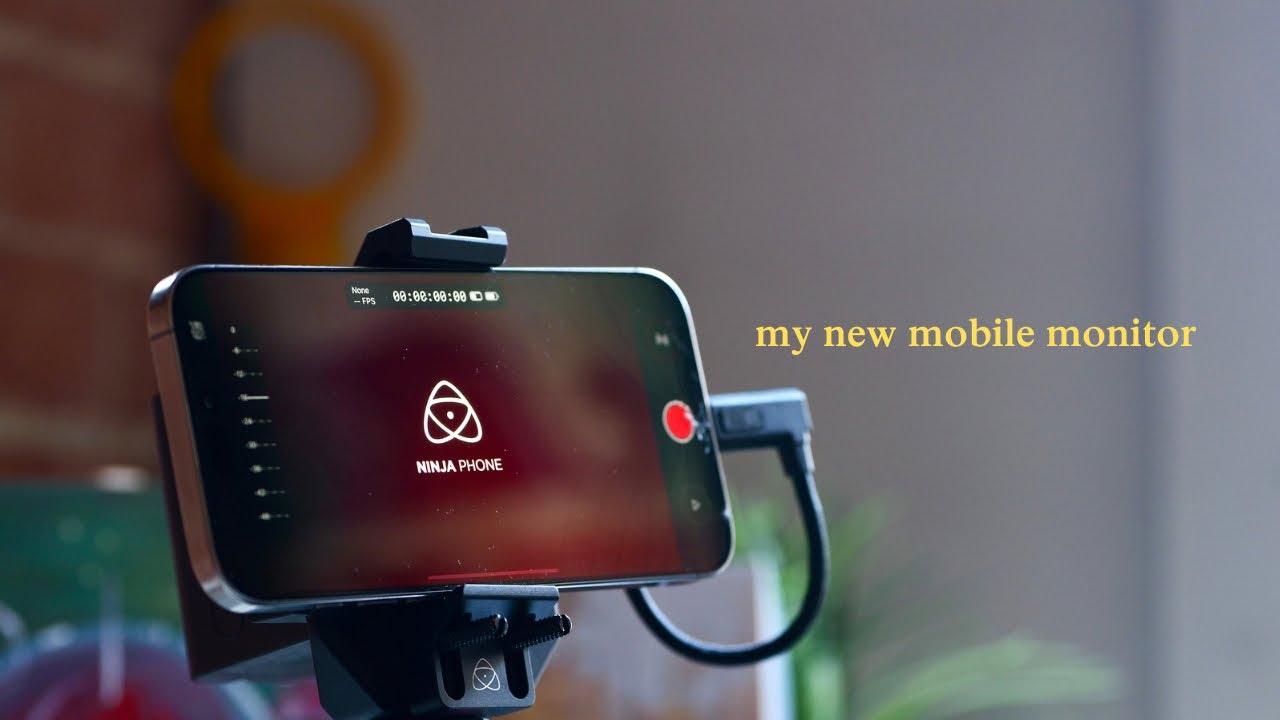The veterinary field is undergoing a transformation through AI-powered tools that enhance everything from clinical documentation to cancer treatment. These innovative platforms are not just digitizing traditional processes – they are fundamentally reshaping how veterinary professionals approach patient care, diagnostic accuracy, and practice management. In this…
How AI is Making Sign Language Recognition More Precise Than Ever
When we think about breaking down communication barriers, we often focus on language translation apps or voice assistants. But for millions who use sign language, these tools have not quite bridged the gap. Sign language is not just about hand movements – it is a rich,…
How Microsoft’s AI Ecosystem Outperforms Salesforce and AWS
AI agents are autonomous systems designed to perform tasks that would typically require human involvement. By using advanced algorithms, these agents can handle a wide range of functions, from answering customer inquiries to predicting business trends. This automation not only streamlines repetitive processes but also allows…
Transform Your iPhone into a Filmmaking Powerhouse with the Atomos Ninja Phone

In his latest YouTube video, tech enthusiast Kofi Yeboah showcases the incredible capabilities of the Atomos Ninja Phone, a game-changing device that transforms your iPhone into a professional filmmaking tool. Packed with features like 4K recording, ProRes support, and live streaming capabilities, the Ninja Phone is designed to give creators unmatched flexibility to capture, edit, and share high-quality content anytime, anywhere.
Kofi’s video provides a detailed walkthrough of the setup process, including how to seamlessly integrate the Ninja Phone with your favorite cameras. He also highlights the device’s advanced monitoring features, such as focus peaking, waveform, and false color, which make it an indispensable tool for both on-location shooting and live streaming.
Why Creators Love the Atomos Ninja Phone
The Ninja Phone addresses common limitations in mobile video production by combining portability with professional-grade features. Here’s what sets it apart:
- 4K 30fps Recording: Capture stunning video quality for cinematic storytelling.
- Enhanced Cloud Integration: Sync and store your footage effortlessly in the cloud.
- Live Streaming Made Easy: Stream directly to platforms like YouTube and Facebook with minimal setup.
Whether you’re a filmmaker, content creator, or live streamer, the Ninja Phone provides the performance and convenience you need in a compact device.
Watch Kofi’s Full Breakdown
Don’t miss Kofi Yeboah’s in-depth review to discover how the Atomos Ninja Phone can elevate your production workflow. From its easy setup process to its advanced features, this innovative device is quickly becoming a must-have for creators looking to level up their mobile filmmaking game.
[embedded content]
OpenAI funds $1 million study on AI and morality at Duke University
OpenAI is awarding a $1 million grant to a Duke University research team to look at how AI could predict human moral judgments. The initiative highlights the growing focus on the intersection of technology and ethics, and raises critical questions: Can AI handle the complexities of…
Only 2.1% avoided generative AI in 2024: Find out why
This significant drop suggests various important underlying factors, like increased awareness and understanding, broader accessibility, and more….
How blockchain, IoT, and AI shape digital transformation
When devices, networks, and AI work together seamlessly, it creates a smarter, more connected ecosystem. This isn’t a distant dream; it’s a reality rapidly emerging as blockchain, IoT, and AI come together. These technologies are no longer working in isolation – they form a trio that…
US eyes AGI breakthrough in escalating China tech rivalry
The emerging US-China Artificial General Intelligence (AGI) rivalry could face a major policy transformation, as the US-China Economic and Security Review Commission (USCC) recommends a Manhattan Project-style initiative and restrictions on humanoid robots in its latest report to Congress. Released in November 2024, the Commission’s annual report…
Ordnance Survey: Navigating the role of AI and ethical considerations in geospatial technology – AI News
As we approach a new year filled with potential, the landscape of technology, particularly artificial intelligence (AI) and machine learning (ML), is on the brink of significant transformation. Manish Jethwa, CTO at Ordnance Survey (OS), the national mapping agency for Great Britain, offers an insightful glimpse…
The Race for AI Reasoning is Challenging our Imagination
New reasoning models from Google and OpenAI…

